Stop the Hunch: 10 Ways to Correct Your Slouching Posture!

REVIEWED BY Dr. Partiksha Patyal (BPT Physiotherapist) on 25 April 2025.
Your back is silently screaming… but are you listening? Whether you’re typing away at your desk all day or standing in the kitchen for hours, slouching can sneak into your life like a bad habit and stay longer than you want. That dull ache in your back, the weird bend in your neck, or the tiredness after a long day isn’t just because you’re busy. It’s your posture crying for help.
The good news? Fixing it is easier than you think. Let’s explore what a slouch back really is, how it affects your body, and, most importantly, how to fix it.
What Is a Slouching Back?
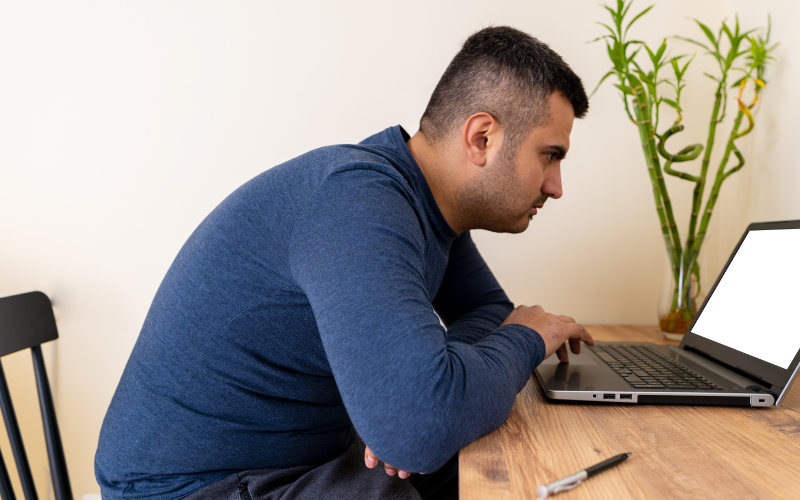
Slouching back occurs when your spine is out of its natural S-shape. With slouching back, your spine or back will bend in a manner that it is unable to rest in its typical position due to activities such as sitting, standing, or sleeping. As a result of this improper back position, you and your back will experience hunched shoulders, a neck tilted down, and an excessive curve in the lower back.
It’s More Than Just Poor Posture
Many people think slouching is just a bad habit, but it goes far beyond just that. Slouching can affect the entire movement of your body over time- it can weaken your muscles, strain your neck, and can even affect breathing!
How Slouching Happens in Daily Life
We don’t notice how often we slouch. It’s not always our fault—it’s how modern life is designed. Office jobs, scrolling phones, or watching TV on the couch all contribute to it.
Common Mistakes That Lead to Slouching

You might be making these posture mistakes daily without knowing:
- Sitting on soft sofas for hours
- Working on laptops kept too low
- Looking down at your phone for long
- Standing while bending one knee
- Carrying heavy bags on one shoulder
Warning Signs You Shouldn’t Ignore
Even if you think you’re managing fine, these signs say otherwise:
Constant Neck or Back Pain

That lingering pain isn’t “normal,” it’s a sign that your spine isn’t aligned.
Here’s why it happens:
- Muscles work harder to hold your head up when slouched.
- Leads to stiffness and soreness.
Rounded Shoulders or Hunched Upper Back

When your shoulders aren’t in line with your ears, your upper spine is overworked.
- Long hours at the desk.
- Wrong sitting posture.
- Weak shoulder and upper back muscles.
Stiffness After Sitting Too Long
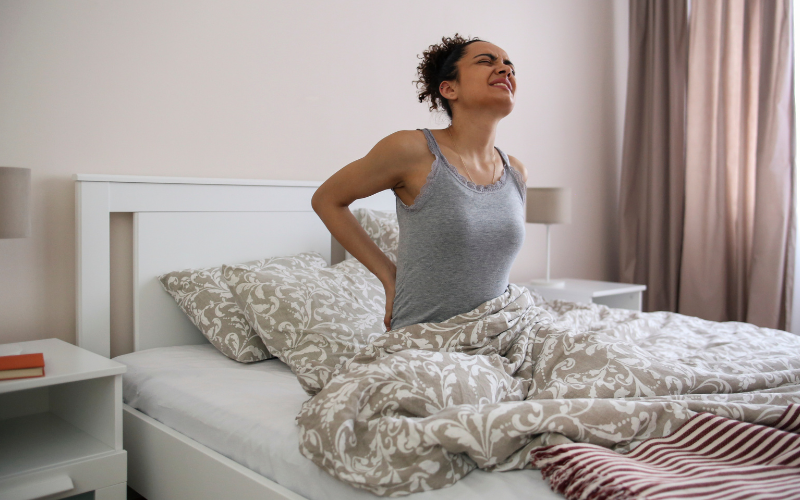
If you feel like a robot trying to stand up, your posture may be the problem.
- Lack of blood flow.
- Tight muscles.
- Poor sitting habits.
Reduced Height or Bent Posture
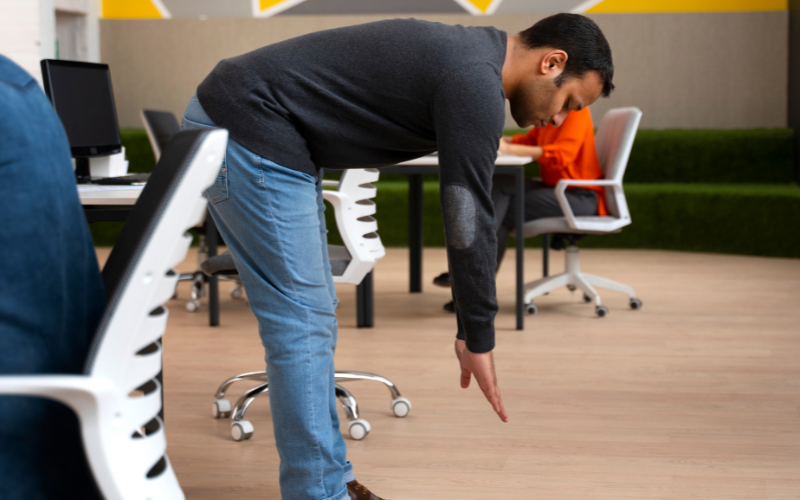
Ever felt like you’re shrinking? It could be from spinal compression.
- Over-slouching.
- Weak spinal muscles.
- Dehydrated spinal discs.
Tiredness Without Doing Much
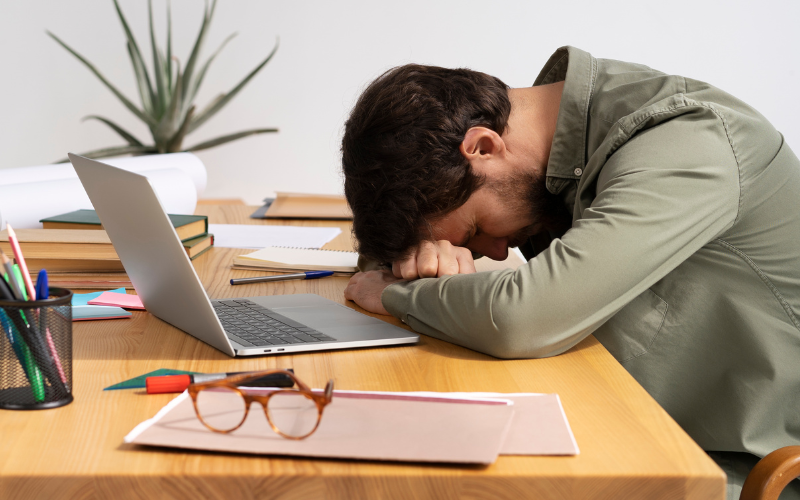
Slouching puts more pressure on muscles, uses more energy.
- Oxygen flow reduces.
- Poor lung expansion.
- Muscles stay tense.
Health Problems Linked to Slouching
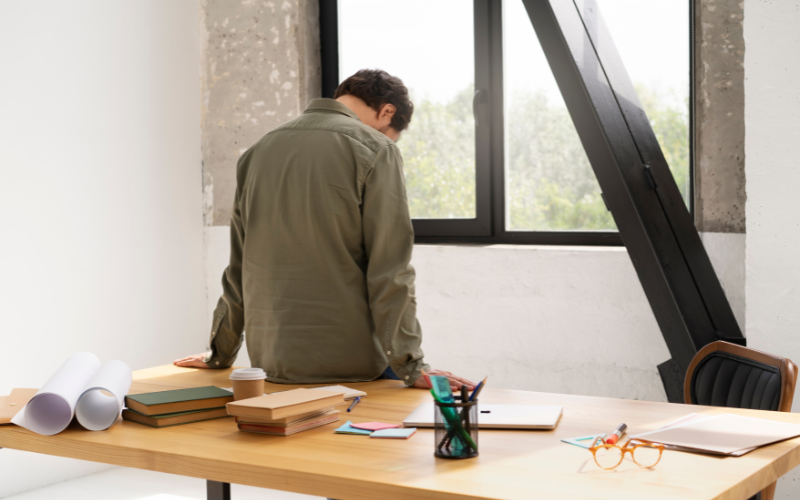
Slouching isn’t just about appearance. It is quietly hurting your body in several different ways:
Spinal Misalignment
When your back curves unnaturally, your spine is typically out of alignment. Misalignment of the spine can lead to pinched nerves and permanent joint issues.
Breathing Problems
A hunched position compresses the lungs, leading to difficulties with taking deep breaths. Less oxygen leads to a lack of energy.
Poor Blood Flow and Digestion
Slouching is going to compress your organs, which results in slower digestion and slower circulation: you might find that you get bloated if you are slouching, which can lead to legs and feet becoming swollen and possibly varicose veins.
Headaches and Eye Strain
Bad posture usually leads to a head tilt-forward position, therefore putting stress on the neck, and pressing on the muscles of the neck, more often than not, this leads to tension headaches and fatigued eyes.
Fatigue and Mood Changes
Believe it or not, slouching can change your mood as well. A fatigued, closed posture will have an effect on your nervous system and could lead to feelings of fatigue and irritability.
How to Check If You Have a Slouch Back

Before making any changes to your posture, you should know where you are (literally)! Try these simple tests:
The Mirror Check
Stand sideways in front of a full-length mirror. You should be able to put a straight line through your earlobe, shoulder, hip, knee, and ankle. If your head juts out in front of your body or your hips are tilted significantly, note these areas of concern.
The Wall Test
Stand with your back against a wall. You should be able to have your heels, butt, shoulder blades and head in contact with the wall without rounding your back or straining. If you have to tilt your head forward to touch the wall, you probably have forward head posture.
The Mobility Test
Attempt to turn your head all the way to the left and then all the way to the right. Ideally, 90 degrees in each direction is a reasonable range of motion for your cervical neck. If you notice a restriction when you try to turn your head side to side, it is likely related to stiffness in your neck as a result of poor posture.
10 Powerful Tips to Fix Your Slouching Back

You don’t need expensive gear or hours in the gym. Here are 10 simple but powerful habits that work:
1. Do These 5 Daily Posture Exercises
Moving your body the right way strengthens your posture.
- Wall Angels
- Chin Tucks
- Cat-Cow Stretch
- Shoulder Blade Squeezes
- Cobra Pose (Bhujangasana)
2. Set Posture Reminders on Your Phone
Technology can help break your bad habit.
- Set hourly reminders
- Use posture reminder apps
- Pair reminders with water breaks
3. Fix Your Work Desk Setup
Your workstation matters more than you think.
- Keep the screen at eye level
- Use a chair with good back support
- Place your feet flat on the ground
4. Use Supportive Chairs or Cushions
Don’t sit on soft couches all day.
- Use an ergonomic chair
- Place a lumbar roll or cushion behind your lower back
5. Stretch Before and After Long Sitting
Your muscles need breaks.
- Stretch your spine with forward bends
- Do upper back stretches like Eagle Arms
- Side stretches can open your chest
6. Don’t Sit Still for Over 30 Minutes
Staying in one spot is your posture’s worst enemy.
- Stand and walk every 30 minutes
- Do a few arm circles or shoulder rolls
7. Use Posture Corrector (When Needed)
These tools help remind your body to stay upright.
- Wear it for short durations (30 mins a day)
- Don’t depend on it fully — just a support
8. Improve Your Sleep Posture
Posture doesn’t stop when you sleep.
- Sleep on your back or side
- Use a thin pillow under your head
- Avoid curling up too much
9. Strengthen Your Core and Back
A strong body supports good posture.
- Planks
- Bird-dog exercise
- Supermans
- Pilates
10. Stay Consistent, Not Perfect
You won’t fix it overnight, but you will fix it.
- Track your progress weekly.
- Celebrate small wins.
- Don’t give up after a lazy day.
When to Seek Professional Help
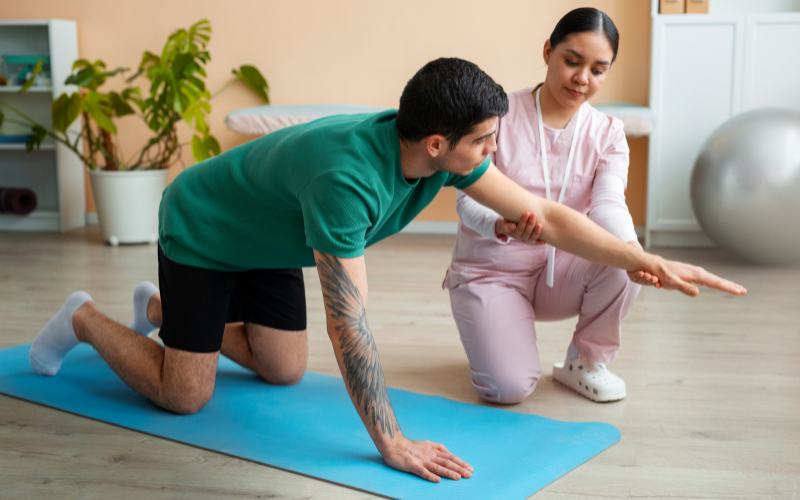
While many posture problems can improve with self-care, see a specialist if you have:
- Persistent pain that interferes with daily life.
- Numbness or tingling in arms/hands.
- Noticeable curvature of the spine (kyphosis).
- Sudden changes in posture or mobility.
How Raja Hospital Can Help
At Raja Hospital, we take your back seriously. You don’t have to live with discomfort every day.
Personalized Posture Assessments
Our experts assess your body to find the root problem:
- Spine alignment check
- Muscle strength tests
- Posture tracking plans
Physiotherapy Support
We offer tailored sessions:
- Strengthening programs
- Gentle correction exercises
- One-on-one guidance
Pain Management Plans
No one should live in pain.
- Physical therapies
- Non-invasive treatments
- Medication (if needed)
Expert Orthopedic Consultation
Our orthopedic doctors look deeper:
- Advanced spine check-ups
- Kyphosis diagnosis
- Surgery planning (only when needed)
1. Can slouching permanently damage my back?
Yes, if left untreated, it can cause long-term spine issues.
2. How long does it take to fix slouching?
With daily effort, you can see improvements in 4 to 8 weeks.
3. Do posture correctors work?
Yes, but only when used along with exercises and lifestyle changes.
4. What’s the best sitting position for long hours?
Sit straight, feet flat, hips slightly above knees, and screen at eye level.
5. Is it too late to improve my posture at 40?
Absolutely not! Your body can change at any age with the right habits.
Struggling with same?
Book Your Appointment With Our Expert Doctors

Conclusion
Improving your posture is not just about sitting straight as a board all day, it’s about becoming more aware and making small changes you can stick to! Sitting at your desk, scrolling through your phone, or relaxing at home, every little change you make adds up!! With time and practice, you will stand taller, you will breathe easier, and you will move more easily and with confidence in your life without putting your body through unnecessary pain!
Don’t wait for discomfort to turn into chronic problems. Your future self will thank you if you take action now. If you need help with your posture, you can rely on the professionals at Raja Hospital! Your journey to better posture starts with your first step – talking to us! Book your consultation today and take your first step toward investing in a healthier, happier, and more vibrant you!
